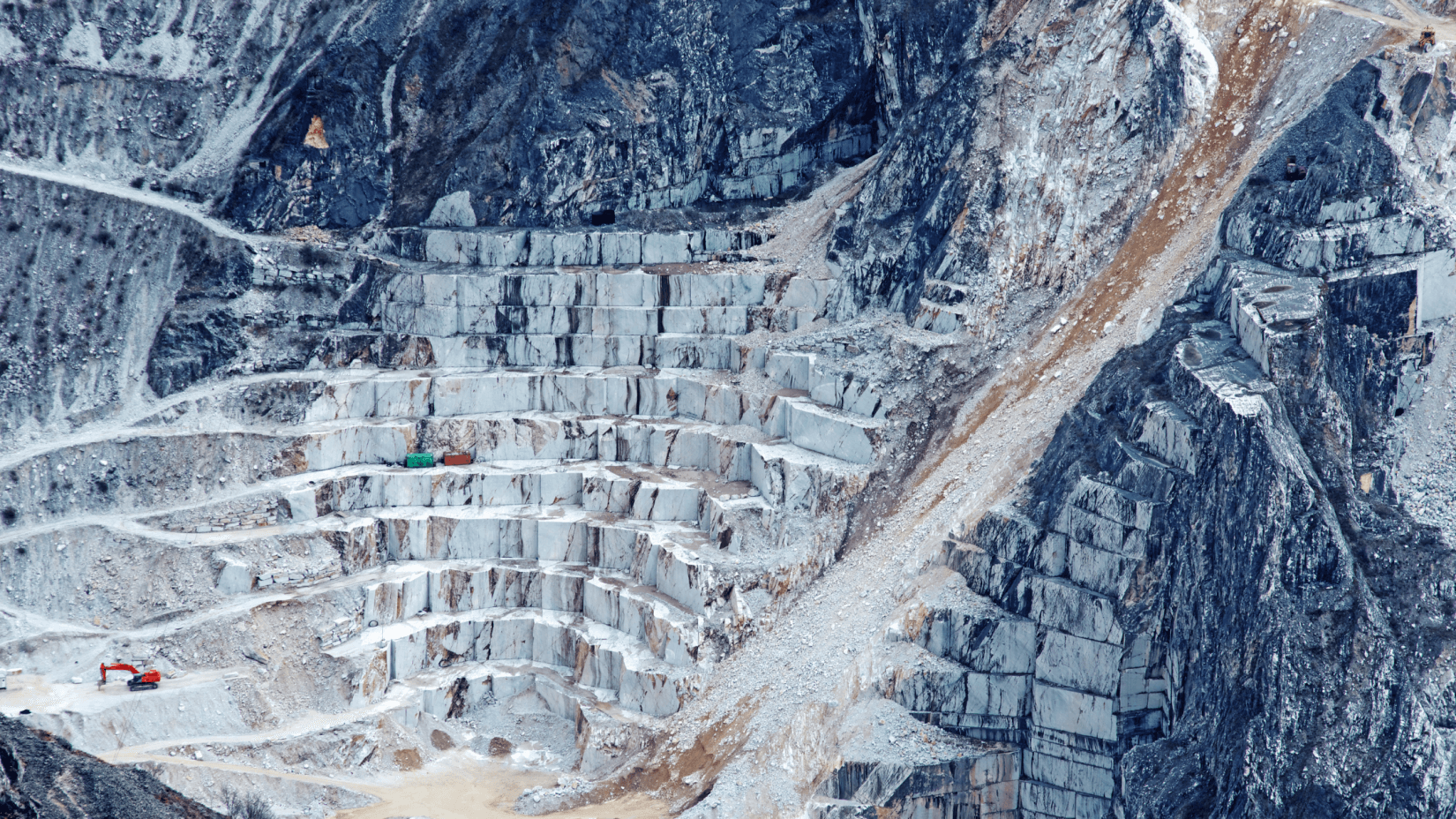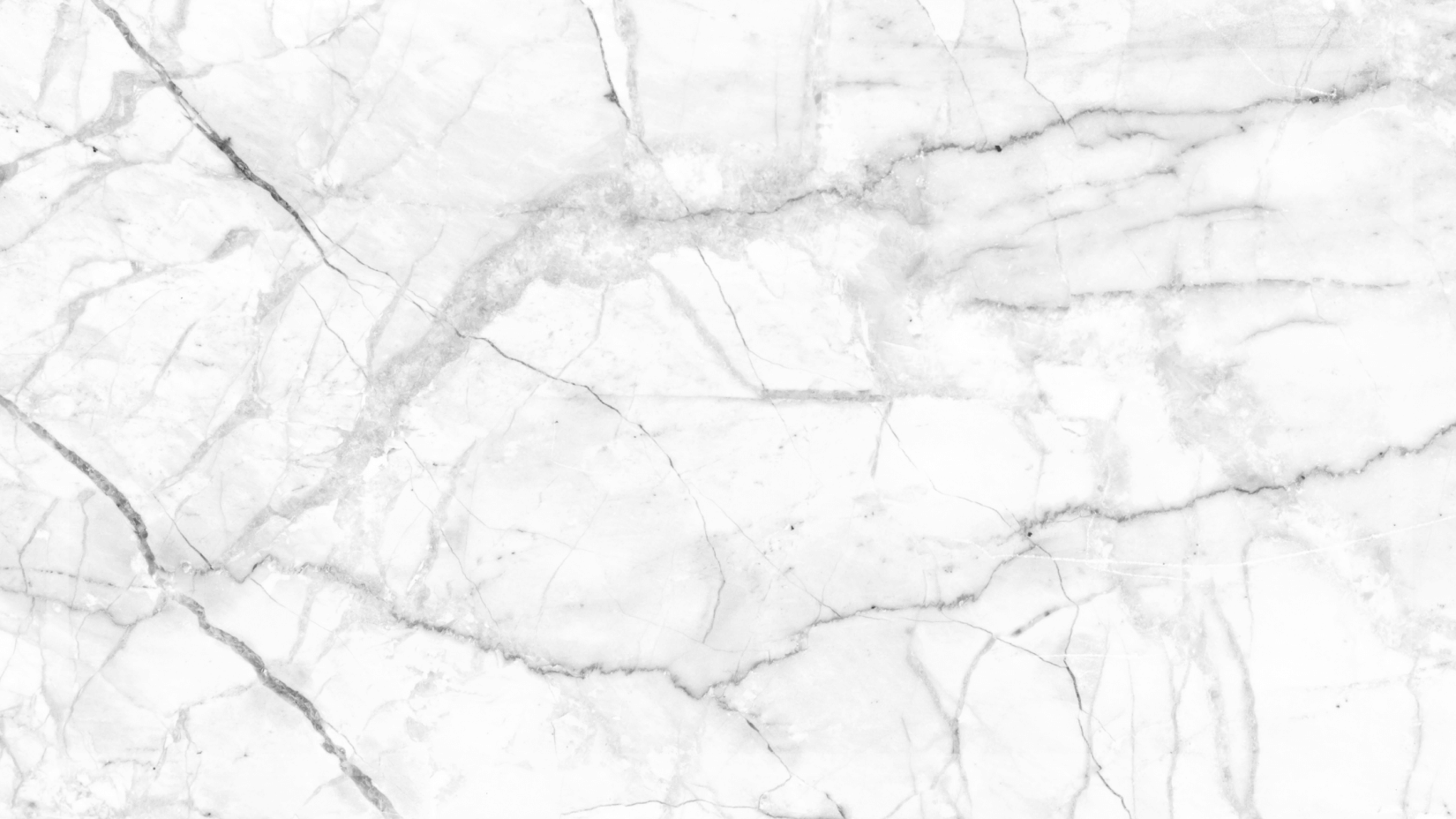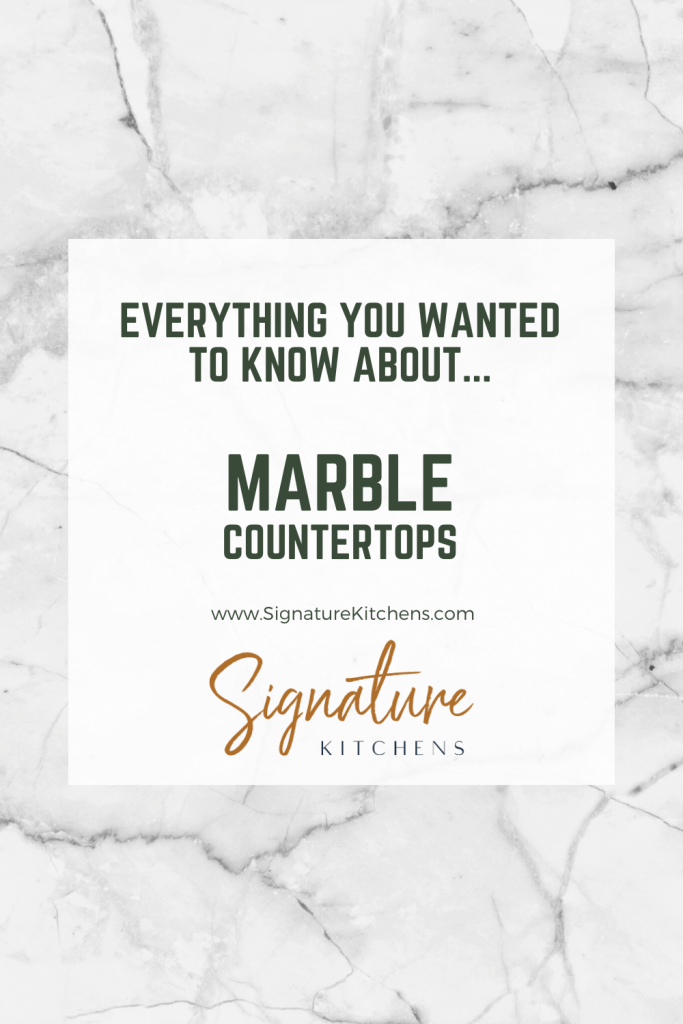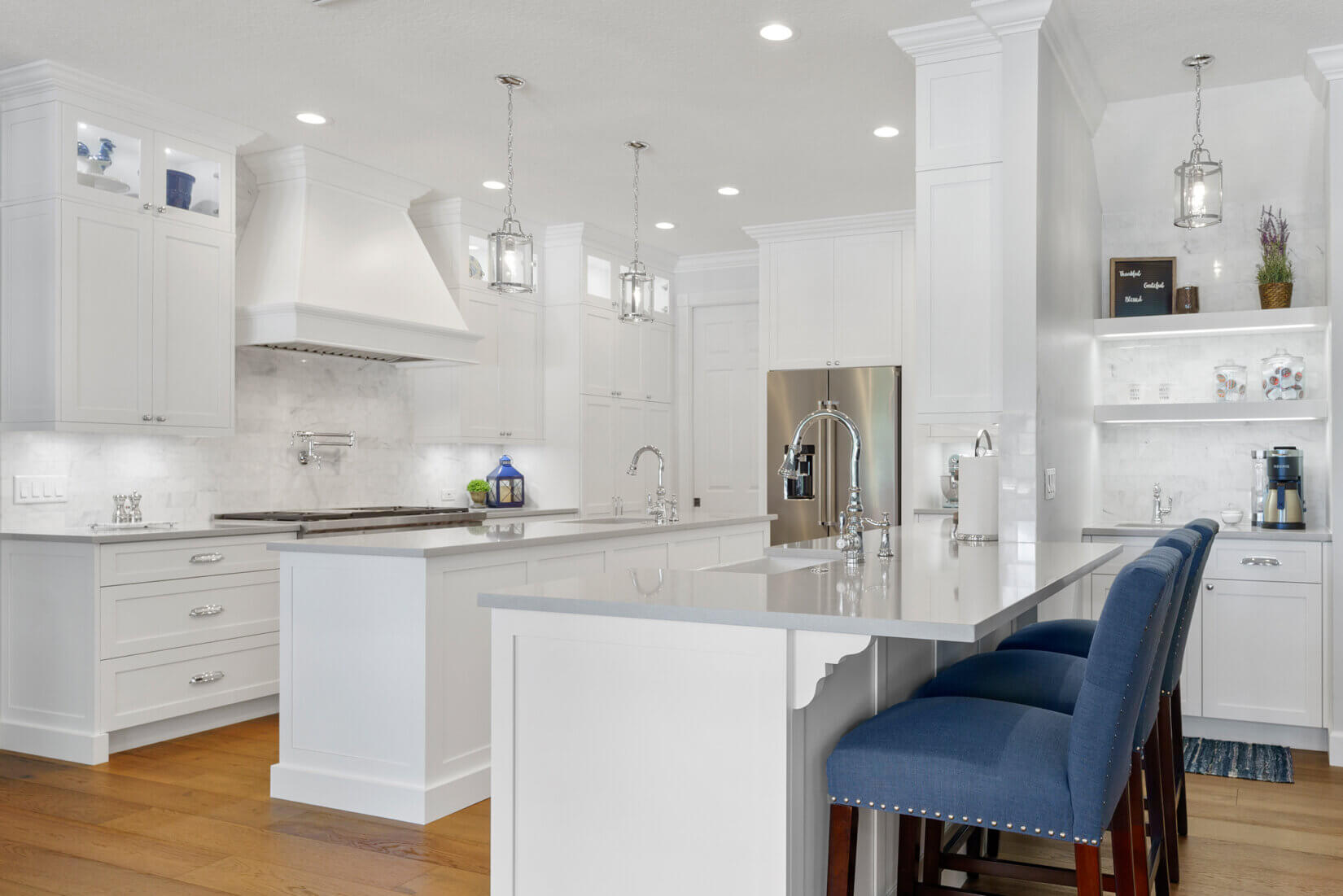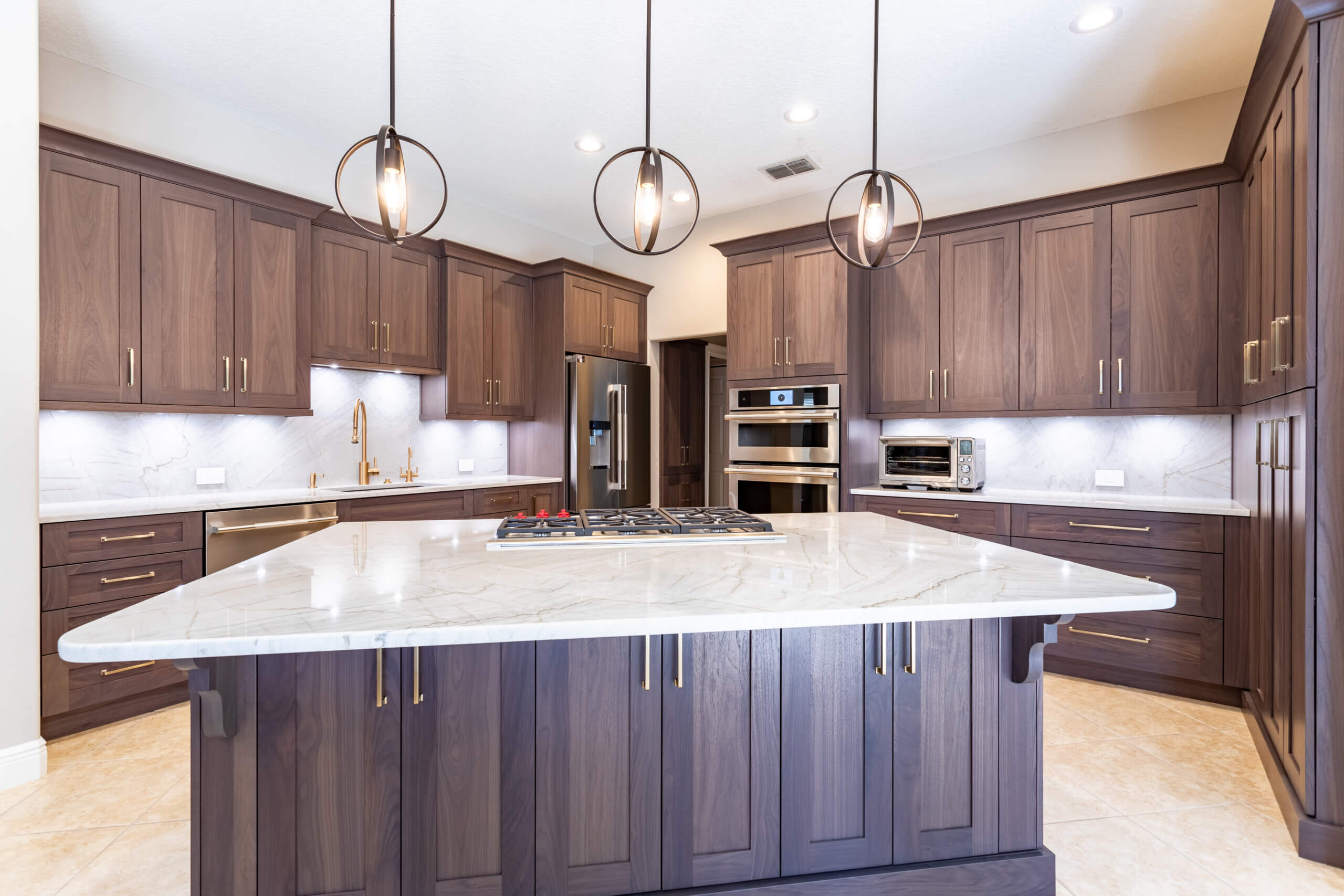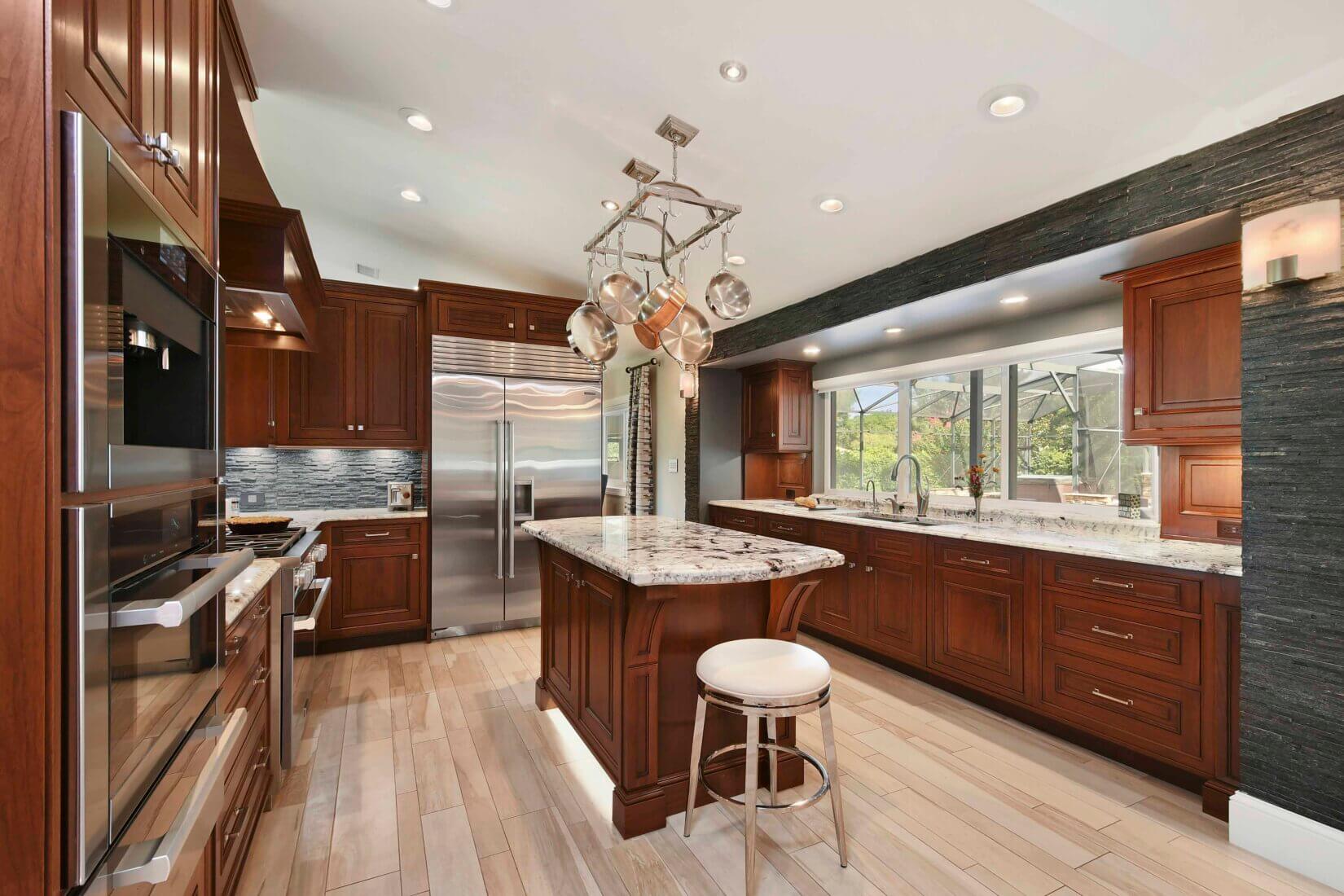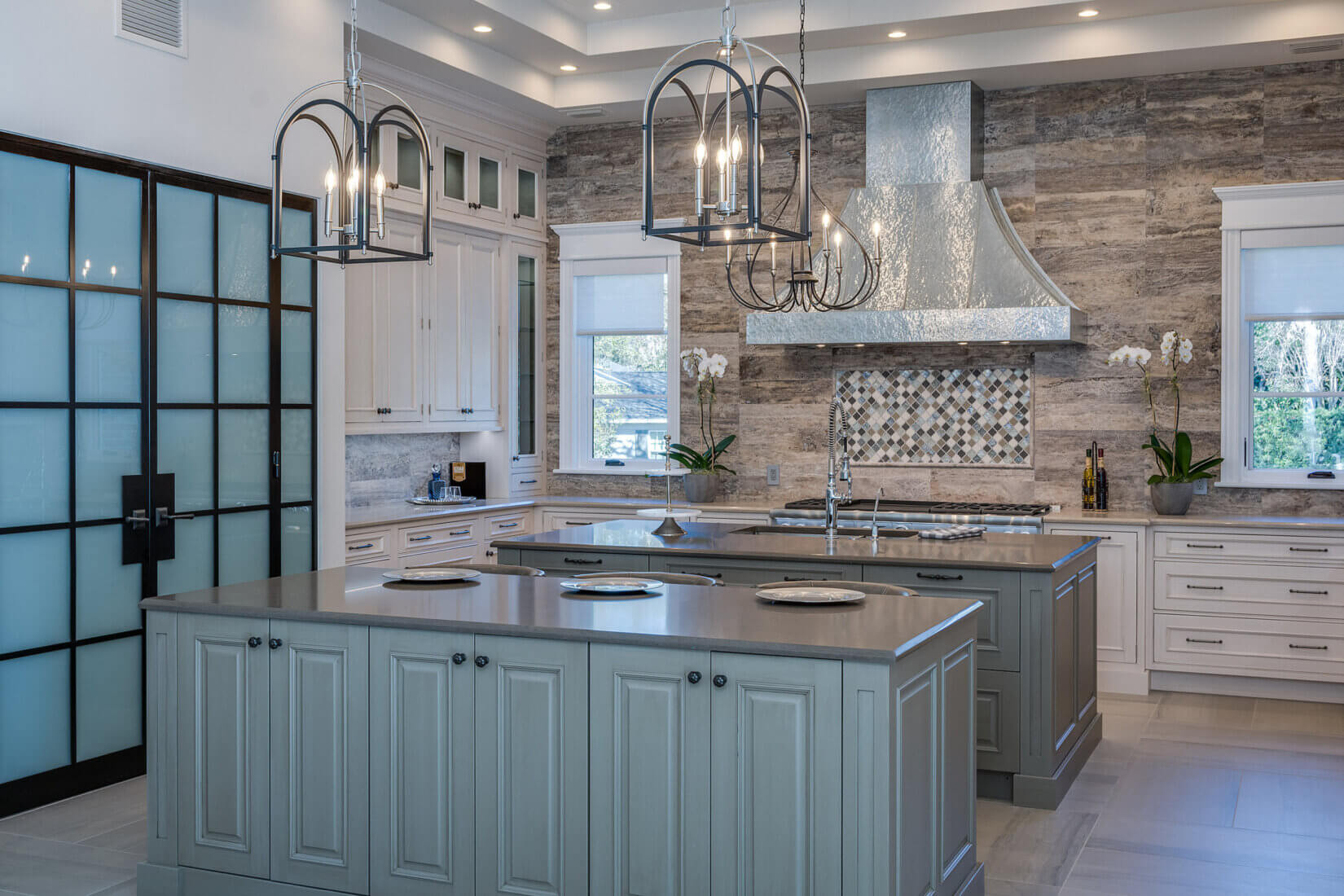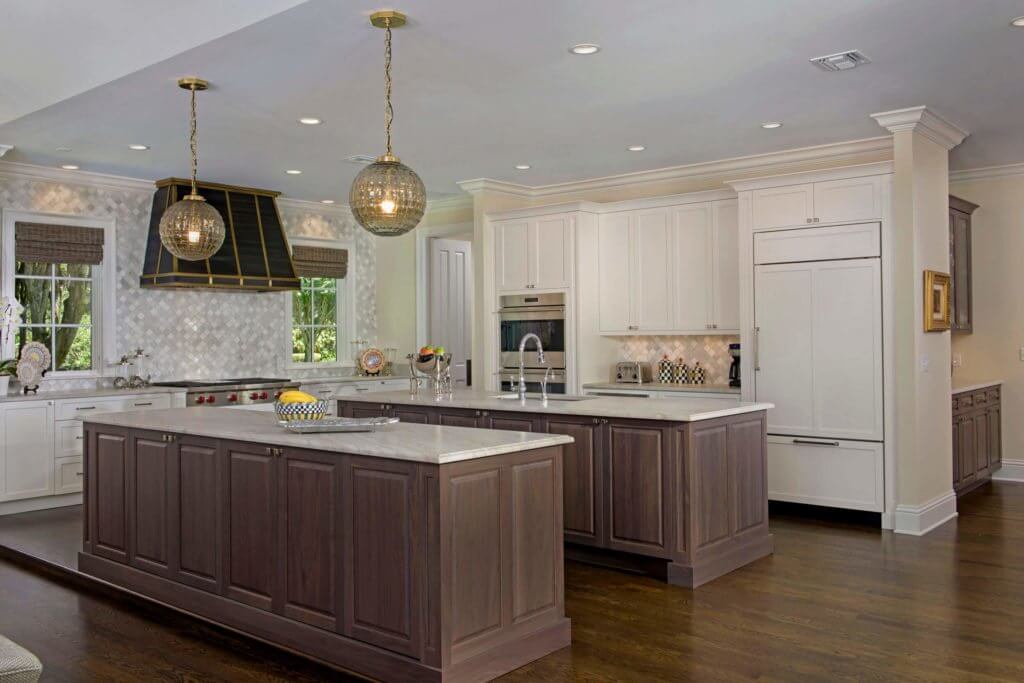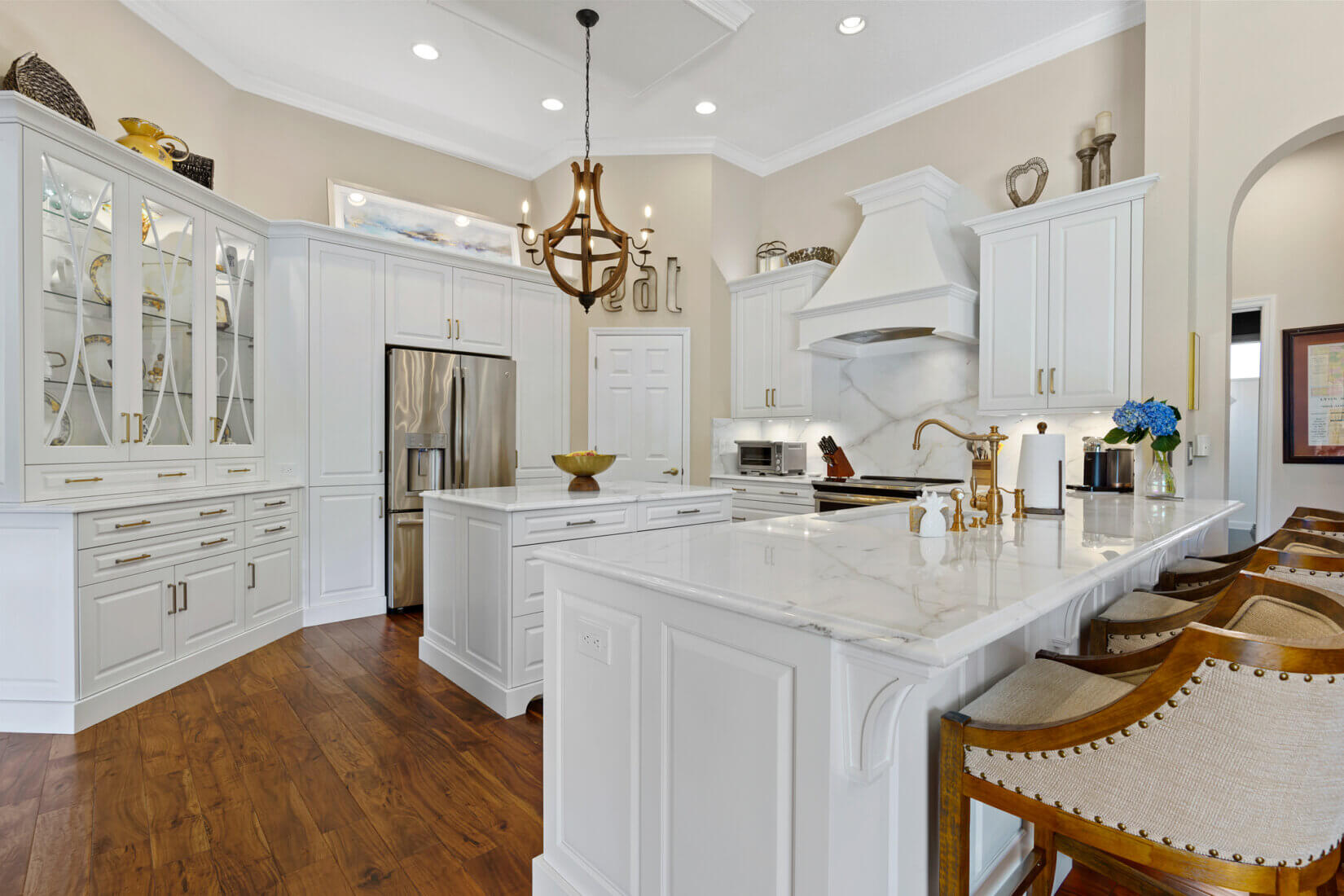How Much Do Marble Countertops Cost?
As for how much they cost, in the state of Florida for example one square foot of White Carrara marble costs anywhere between $75 to $100 for a good slab. Calacatta marble countertops tends to be more rare and therefore has a high cost and can often top $250 per square foot. Expectedly, the cost of most countertop materials is largely based on rarity.
The Strength of Marble
Strength and hardness is undeniably a very important consideration in the choice of materials for your kitchen countertop. While any material can chip, crack or break under the wrong circumstances you want to have a material that isn’t prone to scratches and chips every time you put down a pot on your kitchen countertop. Hardness is a very important factor to consider since it has a strong practical impact on your everyday use.
Marble ranks relatively average with respect to hardness on the Moh’s scale of mineral hardness with a ranking of 5 on a scale of 1(extremely soft) to 10(extremely hard) which is quite suitable for a domestic purpose such as a kitchen countertop. In contrast other materials such as Limestone rank 1. So marble is a relatively hard mineral that is suitable for use as a kitchen countertop.
How Easily Can A Marble Countertop be Damaged?
Everything you’ve heard about marble is accurate. It stains very easily. This is due to it’s extremely porous structure. As liquids are spilled on the countertop they’re able to seep into these pores. The result isn’t necessarily a “stain” though if you’re spilling red wine it can certainly can look that way, when viewed at an angle the countertop will appear to be cloudy where the staining occurs.
Even water can stain a marble countertop if left in contact long enough, like leaving a glass of ice water out overnight allowing a water ring to form from condensation on the glass. Also the harder your water the more pronounced the staining will be. It more dissolved solids and minerals contained with in water is what actually causes the staining.
While marble has an average strength it isn’t indestructible. You should never stand on any countertop material no matter how strong it is. We’ve seen many countertops crack because a homeowner was trying to change a light bulb by standing on their countertop rather than using a ladder.
Marble has a definite weakness to anything acidic. Foods like citrus or tomatoes that are highly acidic can easily etch the surface. You must also take when using a cutting board to not allow liquids like a tomato or lemon’s juice to spill over onto the kitchen countertop. Immediately wipe your kitchen countertop after using it for any purpose especially one that involves preparing food, you can never be too safe with marble.
Other common foods that have a high acidity level include vinegar, soft drinks, citrus fruits, blueberries, grapes, plums, cranberry juice, pineapple, mango, peaches, beer and coffee to name a few. Most vegetable oils (like olive oil) are also acidic and will etch marble countertops.
Overall, though, as long as you’re mindful and aren’t regularly bathing your countertop in acidic liquids the damage will be minimal. But no one is perfect so expect there to be staining over the years.
Overall, depending on how you cook and how clean you are it is either extremely easy to damage marble or not. It really depends on the individual homeowner. The best way to avoid damaging your precious marble kitchen countertop is to periodically re-seal it and make sure that no substances with acidic properties come into contact with it.
As long as these two conditions are met, it is quite unlikely that you will see noticeable damage your marble countertop in the near or distant future.
How Temperature Resistant is Marble?
Marble has high resistance to heat. If you’ve ever been to one of those chocolate stores where they make their own fudge you’ll usually see an area that has a marble countertop. In fudge making marble helps the fudge cool quickly creating an ideal surface. Pastry chefs love marble for its ability to stay cold, so it’s great for making pie crusts and pastries as it will help keep the raw dough cool as it is worked.
You can also place hot pans or pots on a marble kitchen countertop without having to worry about the heat damaging the. While the heat may not damage the countertop what is on or in the pan may.
Honed vs Polished Marble?
After you’ve made the decision to opt for marble as the appropriate material for your kitchen countertop, and you’ve decided what type of color and design you want, the next task is to figure out whether you’d prefer honed or polished marble.
Honed marble provides a matte finish and is more resistant to scratches although it can be easily stained. Polished marble is the exact opposite: it is very resistant to stains but due to the fact that it has a very glossy finish, any scratches inflicted upon it will appear visible and prominent.
Both types also require regular cleaning and maintenance, so what kind you should opt for is entirely dependent on whether you think you think your kitchen countertop is more susceptible to stains or scratches and to choose accordingly.
Marble Thickness Options
The typical thickness of a slab of marble used for a kitchen countertop varies between a quarter of an inch to an inch. You can easily find marble of any thickness within this range. These days, thicker kitchen countertops tend to be more popular as they are much rarer and more expensive to obtain.
The most important factor to consider for the thickness you should opt for is to just consider what type of style and look you want to achieve for your kitchen and to find an appropriate thickness accordingly.
Marble Countertop Maintenance
As for how to actually take care of your precious marble top once you’ve purchased it, the first thing that you should know if that you need to clean up any spills on it immediately to avoid any potential reactions between the contents of the spill and the marble.
Apart from this precaution, its always best to wipe the surface daily using a damp cloth and some ph neutral cleaning solution that’s made especially to be used on stones. It is important to only use cleaning products that have been labelled safe for use on stone as using more conventional materials such as vinegar may lead to damage to the marble since vinegar is highly acidic. This also applies to bleach, ammonia and windex, all of which due to their ph levels will cause damage to the marble.
Depending on the kind of marble that you’re using you may need to also re-seal it every so often as it is a porous material from which removing liquid particles is a difficult process. It is best to first consult whomever you’ve purchased your marble from before attempting to re-seal it as re-sealing needs vary from type to type.
In case it ever happens that you experience an acid stain on your marble top, use baking soda to wipe it clean, and if you have any stains that have been left uncleaned for a long period of time use a mixture of baking soda with water to clean it.
The Pros of Using Marble
Natural Beauty
Marble is one of the most beautiful minerals that can be found in the world with a great diversity in color and patterns. It’s classic and timeless and will probably never go out of style. It’s a time tested material and definitely not a fad.
Natural Product
In an era where synthetic materials are becoming increasingly more common, using marble can really make your kitchen stand-out and provide some uniqueness to it. Additionally, since it is a natural material it is extremely unlikely to cause you any sort of harm or react undesirably with common household items as certain synthetic products have done so in the past.
Temperature Resistant
Marble is a great choice for you if you’re fond of baking since marble can withstand the high temperatures involved in baking. So, you can prepare your favorite pastries with better results than other countertops. They’ll be flakier and lighter as the butter in the dough won’t as easily melt on marble. Hot pans are also no issue marble can take the heat!
Relative Cost
Although marble is not a cheap material by any definition, it is not particularly expensive such that it is out of reach for most people. It is in fact, far cheaper than certain other materials such as recycled glass or concrete which can both cost almost twice as much as marble per square foot.
Historical Value
Marble is a highly resistant material, so it is able to survive for an extremely long period of time. Think of all of the great marble statues that were produced in ancient Greece and Rome over two thousand years ago which still stand today. So, take pride knowing your kitchen counter will last a long time and is composed of the same material as your favorite depictions of the Greek gods.
The Cons of Using Marble
Porous Nature
The porous nature of marble means that it will most probably need to be sealed multiple times over time and is highly prone to staining.
Stains Easily
If you are using honed marble, it can be especially susceptible to being stained quite easily which can leave your counter top looking quite ugly.
A higher level of maintenance
Marble countertops require a lot more frequent cleaning and maintenance than many other materials, so the long-term cost of using marble can be especially high if you’re not careful at taking care of your countertop.
Weakness to Acid
It’s inevitable that in a kitchen, you will be cutting and slicing lemons and tomatoes so it can be a tremendous source of inconvenience that even the slightest spill of lemon or tomato juice can damage your counter.
Relative Costs
Marble may not be as expensive as concrete or recycled glass, but it is not as cheap as granite or quartz, so it lies in the mid to high range of price with respect to kitchen countertop material.
